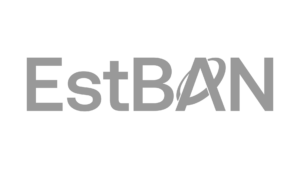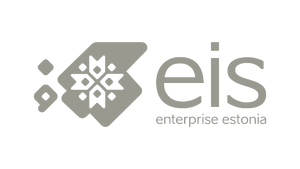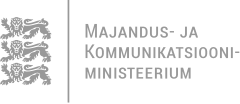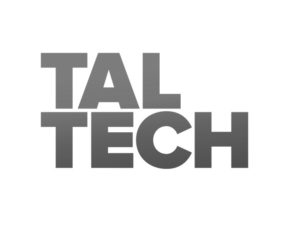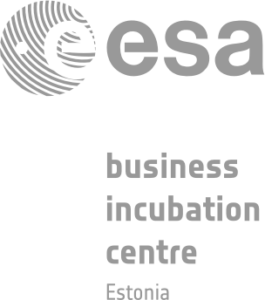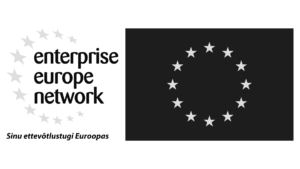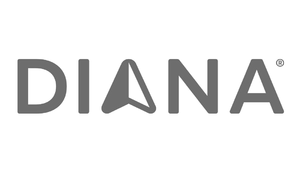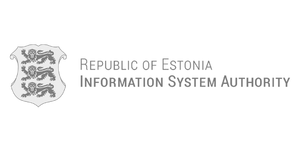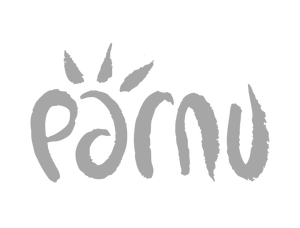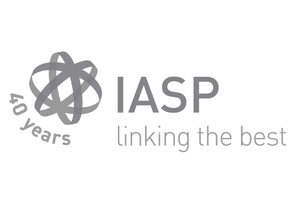22.12.2022
How to design better healthcare services together with hospitals?
On December 9, the Connected Health Cluster organised a workshop where cluster members Thorgate and Triumf Health spoke about their experience in the Nordic markets and Minna Pikkarainen, a professor from Oslo Metropolitan University, shared her experience with co-creation examples from Finland, Singapore and Norway.
Karl Õkva from Thorgate and Kadri Haljas from Triumf Health gave examples on how their companies have reached Nordic markets and what kind of collaboration projects they have had. They also recalled a visit to Oslo which was organized by the cluster in September. During the visit, Estonian start-ups and Connected Health Cluster members visited and exchanged experience with Conteir, Akershus universitetssykehus, Stiftelsen Norsk Luftambulanse, ShareLab and Aleap.
Minna Pikkarainen is a professor in Digitalisation of Healthcare Services at Oslo Metropolitan University, faculty of Health Sciences/Centre and Faculty of Technology, Art and Design. She is currently residing and working in Norway, but has previously worked in Finland and Singapore.
Pikkarainen said that it is estimated that by 2050, 20 percent of the population will be elderly people and this will increase the need for healthcare services a lot. Another estimation is that by 2030, the amount of chronical diseases will be doubled. This means that the healthcare system will face huge capacity problems. The hospitals all over the world have been thinking about this a lot and are trying to prepare – they know that instead of hundreds of patients every year, they will have thousands and they have to cope with the situation somehow. So, they have started with all kinds of lean processes, trying to make their personnel work as efficiently as possible.
But one of the issues is that patient care is done in a routine manner and we are losing the personalization of care. This is something we can build with digitalisation – to build personal user experience for the patients. And that has been the focus of Minna’s research.
In addition to digitalization, there is a need for empowerment. Nowadays, the queues for surgeries are getting longer and longer because hospitals need to prioritize who gets to a surgery because of capacity problem. A patient might wait for a surgery for up to six months and after that, they are sent home where they have to do their rehabilitation alone. These are the types of situations where we need help and support.
And let’s not forget prevention – we already have evidence that type II diabetes could be prevented if we would have solutions that would help change people’s lifestyle. But in reality, it’s not very easy to make people use these solutions. They might use these for a week, maybe two, and then they stop. We need to think – how can we create impactful solutions that people would actually use?
We need personalized services and professional decision support. And not only in the hospitals, but also before and after a person visits a hospital. We need to look at the whole care pathway and work together with all organizations that are involved in the services’ development.
Minna spoke about her own experience in Finland and recalled how they made interviews with pediatrics’ surgery patients and asked them what is it that they actually need. They said that they need some kind of transparency, they need to know what is going to happen, also they were lacking ways to communicate with the expert teams. Based on that, they put together a huge consortium, where also Triumf Health from Estonia was involved. The project included Oulu University Hospital and Helsinki University Hospital. They carried out several online workshops with the medical teams to understand their actual needs. The most common response was that the hospitals want to improve user experience.
After the workshops in Finland, they went to Singapore. Together with the Finnish Embassy in Singapore, they put together the goals which they wanted to achieve in Singapore. Among those were saving lives and improving care efficiency, but also supporting the creation of job opportunities, to name a few.
This has been the co-creation process that they have been using over the years and are still using in Norway. This was also used in Singapore:
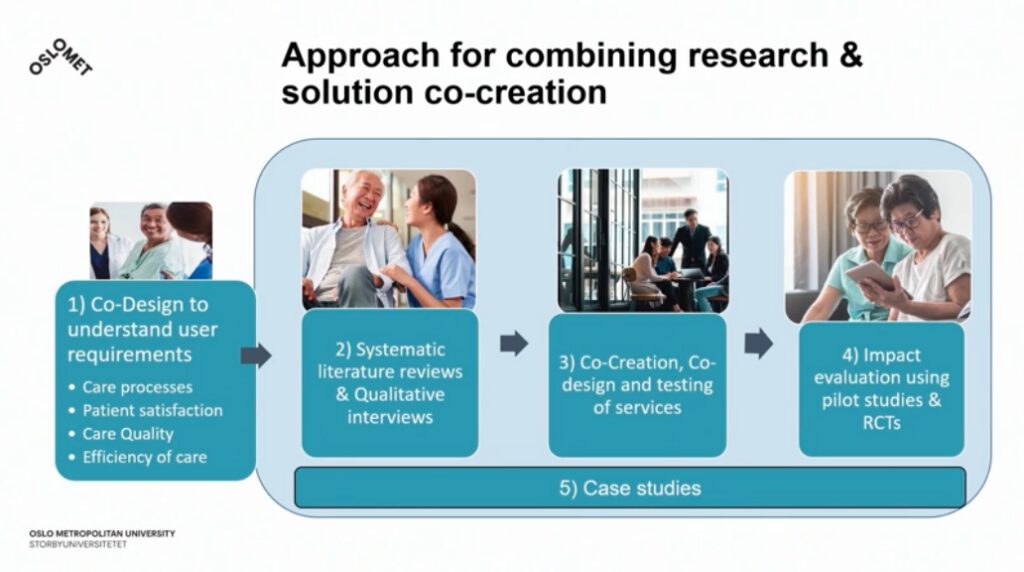
Minna said that they wouldn’t have done this work in Singapore without doing the workshops first. The key thing was to invite the key players and to think together what is actually needed in Singapore.
So, what is the first step for the Estonian companies who want to enter the research-based landscape in Norway? It’s good to connect with local researches who have local contacts and can help find funding for projects. There are also many small foundations in Norway that support PhD students and postdoctoral students.
You can find the recording of the workshop here.
The workshop was funded by EEA&Norway Grants 2014-2021 project. All activities are supported by Iceland, Liechtenstein and Norway through the EEA and Norway Grants.


